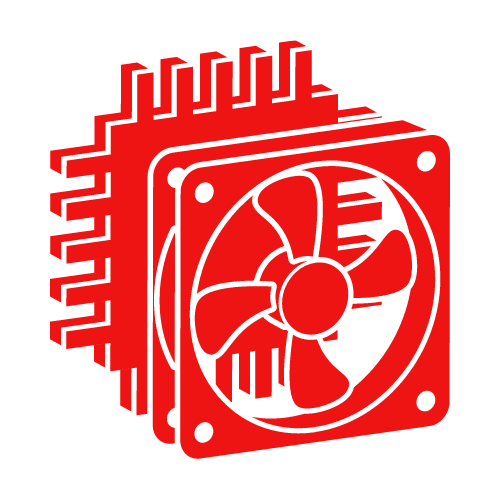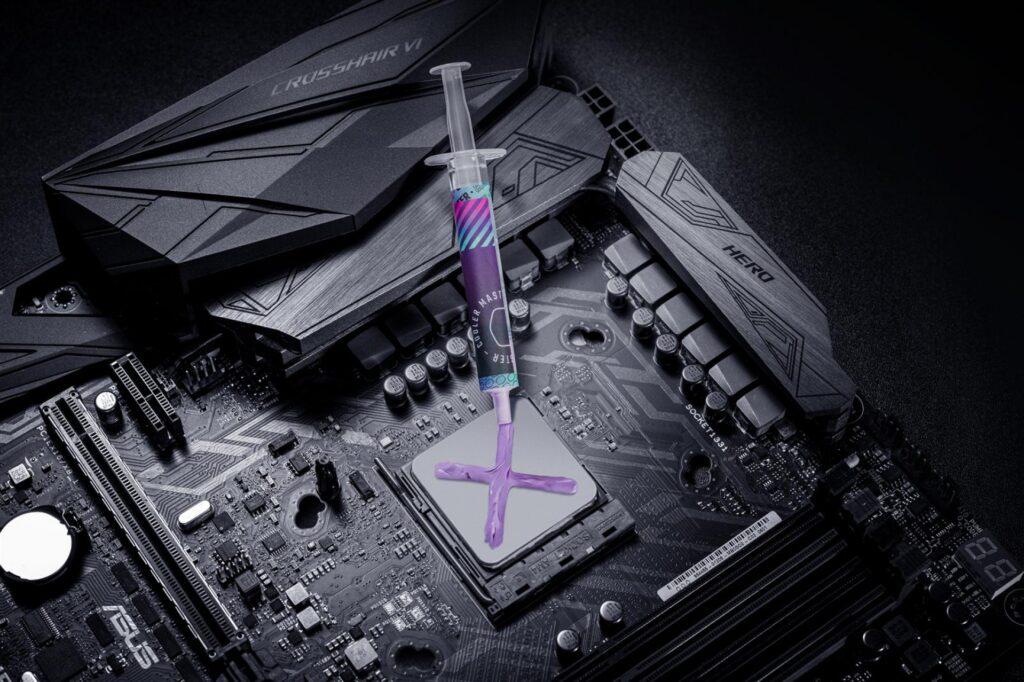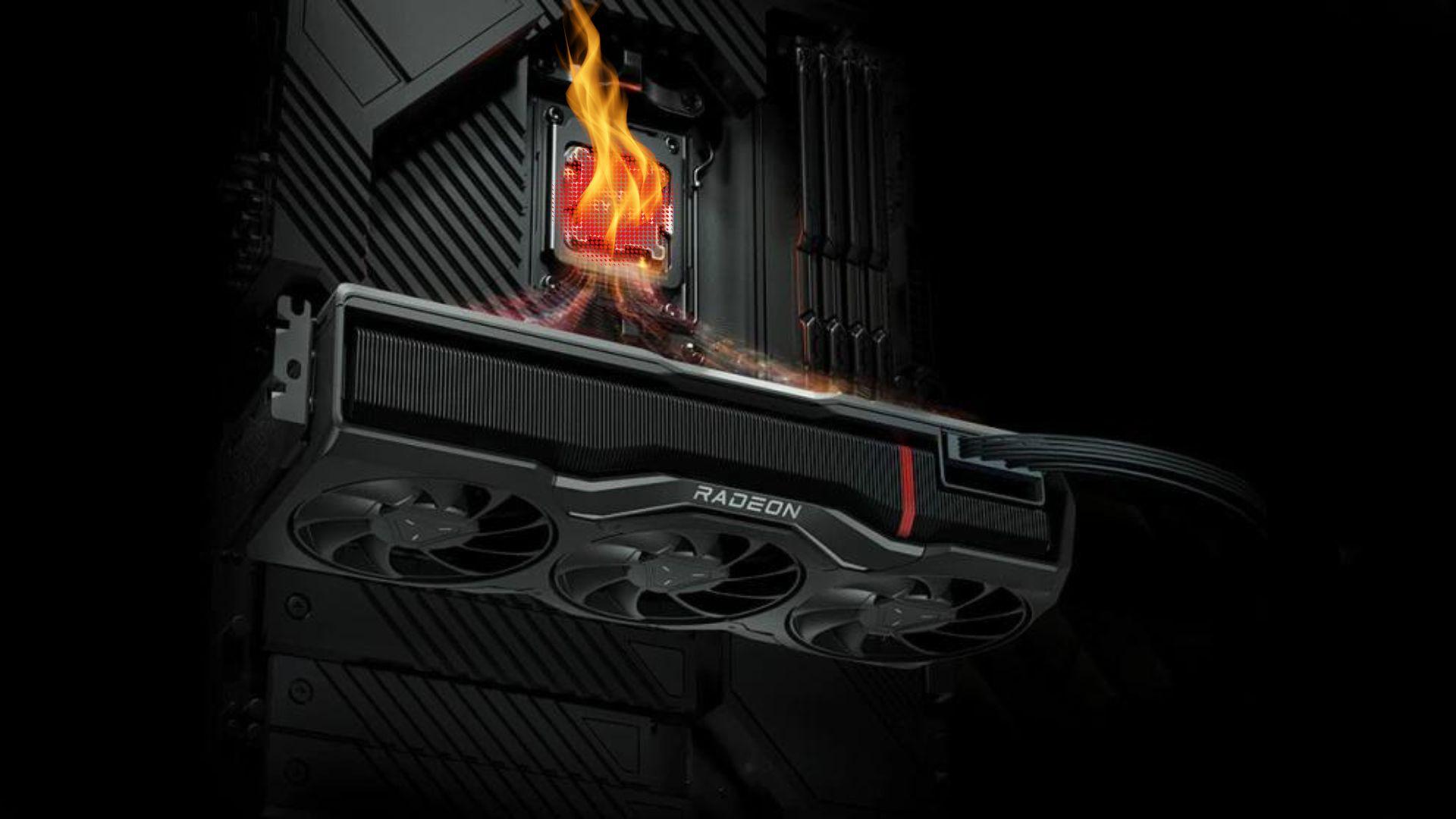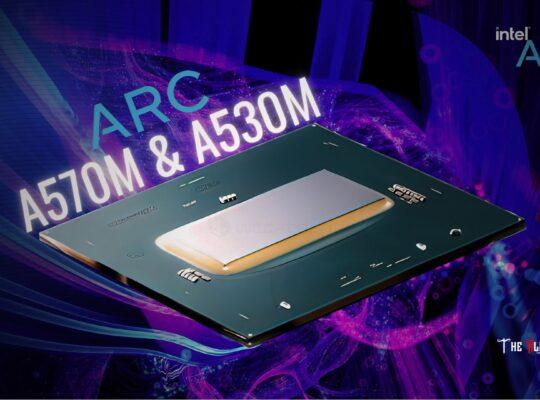Introduction
Is your computer’s CPU overheating and causing performance problems? Don’t be concerned; you’re not alone! Overheating is a typical concern for many computer users, and fortunately, there are various simple remedies to this problem. We will lead you through numerous troubleshooting procedures to cool down your CPU and keep your system working properly in this blog post.
Dust Off the Cooler
Dust buildup is a major cause of CPU overheating. Dust can block the CPU cooler and obstruct optimal airflow, resulting in higher temperatures. To clean your computer, follow these steps:
- Take your computer outside to reduce dust indoors.
- Remove your computer’s side panel.
- To clear dust from the CPU cooler, fans, and case fans, use an anti-static microfiber cloth, compressed air can, or electric blower.
- Consider removing the cooler’s fan for thorough cleaning.
- Close the PC, connect it in, and use appropriate software to monitor the temperature.
Troubleshoot Your Air Cooler

If cleaning does not address the problem, there could be an issue with the air cooler itself. Troubleshoot the cooler using the steps below:
- Open the side panel while the computer is running to see if the CPU fan is functional.
- Check that the fan is properly connected; check for a 4-pin or 3-pin header labelled “CPU_Fan,” “CPU_OPT,” or “CPU_PUMP.”
- To make the fan more aggressive in cooling the CPU, adjust the fan curve in your motherboard’s software or BIOS.
Troubleshoot Your AIO:
To troubleshoot an all-in-one (AIO) water cooler, follow these steps:
- Check that the pump is properly connected to the CPU_PUMP, CPU_OUT, or CPU_FAN headers.
- To guarantee optimal cooling, make sure the pump is working at full speed.
Check and Replace Thermal Paste
Thermal paste is essential for efficient heat transfer between the CPU and the cooler. Overheating might be caused by old or missing thermal paste. Check and replace it as follows:

- Run your computer for a few minutes to warm up the CPU.
- Remove the CPU cooler with care, wipe away the old thermal paste with isopropyl alcohol, and apply a pea-sized dot of the new thermal paste.
- Reinstall the cooler, reconnect the fan/pump, and restart your computer.
Stop Your Overclocks
Overclocking your CPU can raise its power usage dramatically and contribute to overheating. In your BIOS, restore the default CPU and RAM overclocking settings.
Add More Case Fans
Increasing airflow with additional case fans can significantly reduce CPU temps. Install intake and exhaust fans in the front and back of the case, respectively.
Replace Your Cooler
If the problem persists, think about purchasing a higher-quality air cooler or an AIO. Cooling solutions from Noctua and NZXT are dependable.
Replace Your CPU
If none of the techniques above work, it’s possible that your CPU is faulty or damaged. Consider replacing it if it is still under warranty; otherwise, invest in a new Ryzen or Intel machine.
Conclusion
CPU overheating can be inconvenient, but with these simple fixes, you can keep your computer running smoothly and avoid performance difficulties. Remember to keep your PC clean, troubleshoot your cooler, replenish thermal paste, and, if required, consider replacing your cooling system. By following these instructions, you may achieve peak performance while also extending the life of your CPU. Have fun with your computer!







